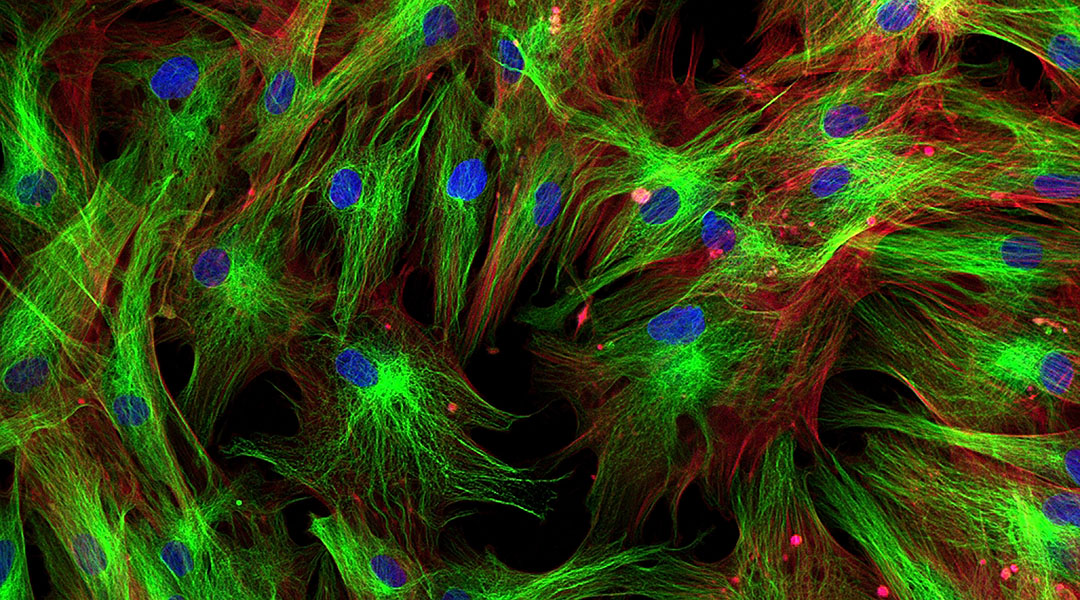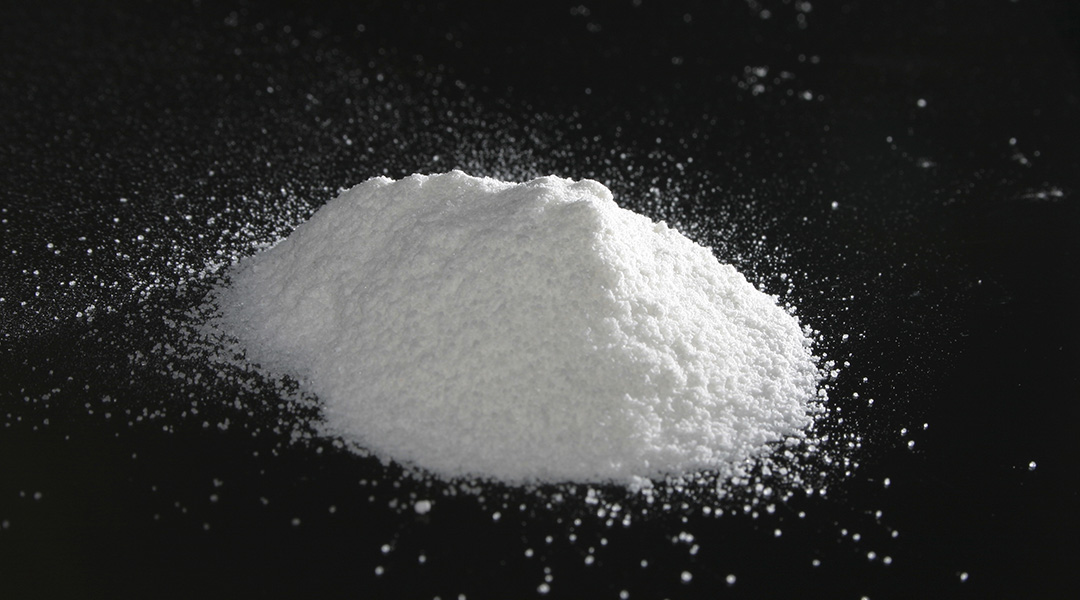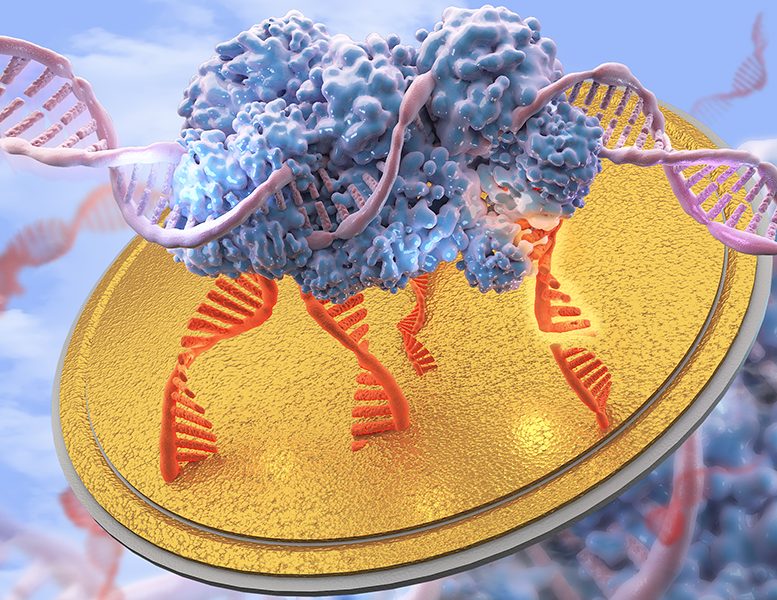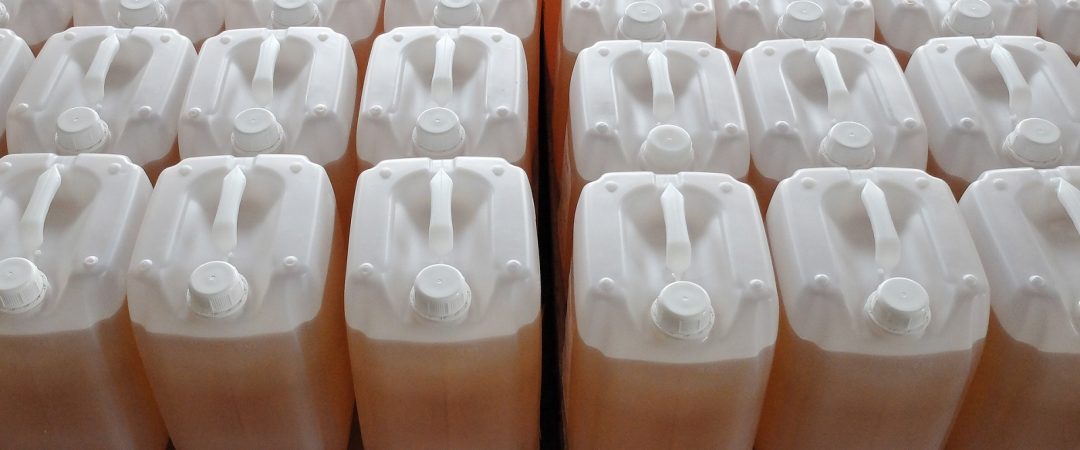Researchers develop a biomimetic hydrogel with photodynamic antimicrobial effect.


Researchers develop a biomimetic hydrogel with photodynamic antimicrobial effect.

Azopolymer material allows light-assisted imprinting of nanostructures for structurally colored surfaces.

Researchers use CRISPR-Cas12a as a DNA shredder to clean up and mobilize parts of DNA-origami structures.

A molecular probe maps misfolded proteome state in live cells.

The composition of suspicious powders that may contain illicit drugs can now be analyzed using a quick and simple method called magneto-Archimedes levitation (MagLev).

The first switchable catalyst for asymmetric catalysis based on a molecular motor.

A new use for the revolutionary gene-splicing tool. This new “Electrochemical CRISPR” can quickly and accurately identify viral biomarkers for a range of diseases, including HPV and Parvovirus.

Chemists developed a new biocatalytic material for green production of value-added chemicals.

A novel binary network phenolic–silica aerogel that is fire-retardant, potential use as insulation material in buildings.

The important role of surface-bound hydroxy groups of vanadium catalysts under reaction conditions by employing in situ DRIFTS experiments and DFT calculations is elucidated.